What Is RSV and Should You Be Concerned?
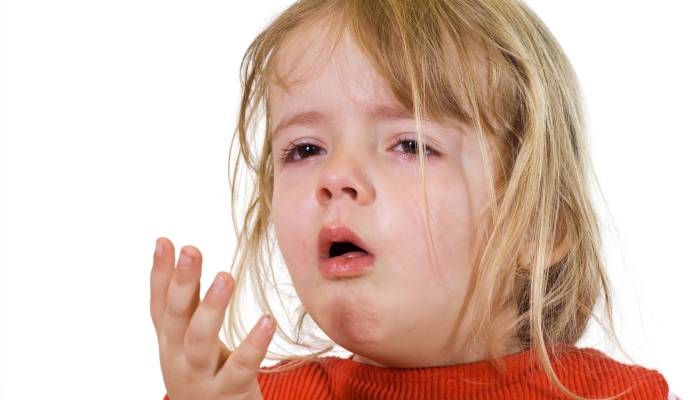
- RSV is a common and very contagious virus that can cause respiratory illness.
- Young children and children with underlying health problems are at high risk for RSV.
- Severe RSV infection may cause your child to stay in the hospital.
- Prevention is most important for stopping the spread of RSV.
If you have kids, you are likely more familiar than you want to be with some viruses they can come in contact with. The common cold virus, the flu, and often the dreaded stomach virus can keep parents on their toes. They can be disruptive to our lives and a headache when it comes to keeping siblings healthy. Thankfully many of these viruses will clear up without any serious concerns.
Depending on your child’s age and health, viruses like RSV sometimes deserve special awareness. We’ll give you some solid information to become familiar with RSV and know if you should be concerned.
What is RSV?
RSV stands for respiratory syncytial virus. RSV affects our respiratory system and is a common respiratory virus. RSV typically ends up causing mild cold-like symptoms for most people. Usually, the virus will run its course, and people will return to normal in 1-2 weeks.
RSV can sometimes be severe for some people. We worry the most about those who are very young, very old, or have other health challenges to manage.
Every year in the United States up to about 80,000 children under the age of 5 are admitted to the hospital for RSV, according to the Centers for Disease Control and Prevention (CDC). Some of these kids end up with what would be considered a severe RSV infection. How severe the infection gets is often related to certain risk factors the child might have.
Risk factors for severe RSV infection in children include:
- Those who were born prematurely
- Infants younger than 6 months old
- Kids with chronic lung disease or heart disease
- Kids with neuromuscular disorders
- Kids with a weakened immune system
Children with these certain risk factors are more likely to get a severe RSV infection. These kids can develop bronchiolitis and pneumonia and possibly need to stay in the hospital.
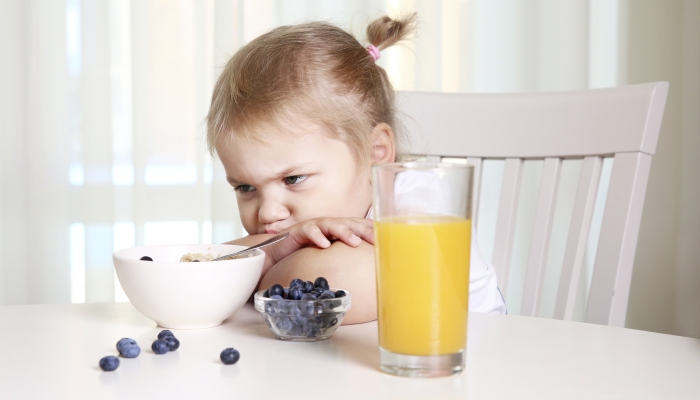
What Are The Symptoms of RSV?
The symptoms of RSV can vary depending on the age of the person infected. Very young children can end up with worrisome symptoms. Many older children show symptoms that you would see with a common cold.
Adults can also have RSV and not show any noticeable symptoms at all. On the one hand, this may sound great for us adults. Unfortunately, this also means we may expose little ones to RSV without even knowing it.
Infants and younger kids will almost always show signs and symptoms of RSV that could include:
- Irritability. What would typically console your child like being held or fed might not work. They may seem restless and uncomfortable.
- Decreased appetite. You may notice your child not wanting to eat as much as they normally would.
- Decreased activity. You may notice your child to be less active or sleeping more than usual.
- Runny nose. RSV is notorious for causing very runny noses with a lot of secretions.
- Cough. Your child may develop a cough, especially if they have a very runny nose.
- Changes to breathing pattern. You may notice your child is breathing a little differently. They may be breathing fast or the pattern of their breathing looks strange.
How Does RSV Differ From COVID?
RSV mostly only affects anything having to do with breathing. Anything from your nose to your mouth, to your lungs can be affected by RSV. COVID has symptoms involving breathing, but COVID can also impact other parts of your body.
COVID can affect your gastrointestinal system with symptoms like nausea, vomiting, and diarrhea. It can also result in headaches and loss of senses like taste and smell. COVID is also associated with fever, while kids with RSV don’t always get a fever.
COVID has also been found to be more severe for adults than kids. RSV is the opposite, especially for young kids, who have a much higher risk than adults.
Why is There a Rise in RSV This Season?
RSV is notorious for rearing its ugly head in the fall and winter months. Two years after COVID, we are seeing a decrease in certain precautions.
During the last two fall and winter seasons, we have been wearing masks and social distancing. But many of those requirements that kept us safe have now become optional.
There is also the return to school for many children in the fall. Sitting close to one another in a classroom could help spread germs. The change in weather may be less optimal for outside play keeping kids inside more.
My recent clinical experience shows a definite rise in RSV this 2022 season. Hospitals have been admitting many more kids with respiratory illnesses than usual. Unfortunately, this means that some hospitals are even running out of space.
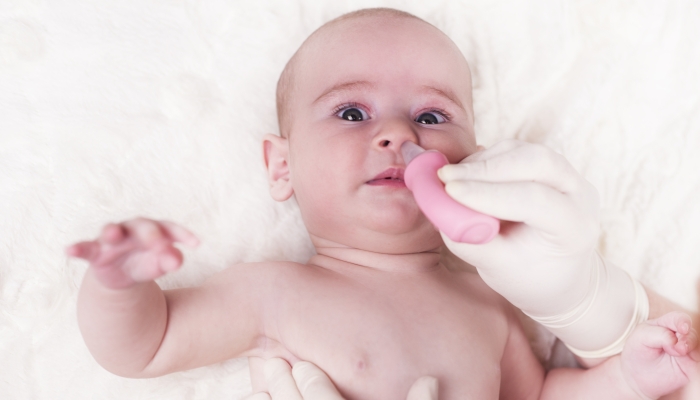
What Are the Complications of RSV?
The biggest concern with RSV is the risk of illness worsening and becoming a severe RSV infection. Severe RSV infection can lead to conditions like bronchiolitis and pneumonia. Both of these can cause changes in breathing patterns and respiratory distress.
Bronchiolitis: In severe cases of RSV, a child may experience inflammation and swelling of their bronchioles. The bronchioles are the small tubes that branch off helping bring air into the lungs when breathing. When these tubes are inflamed or swollen they become narrow and it’s harder for air to move easily in and out of their lungs.
Pneumonia: RSV can also cause inflammation and infection of the lungs themselves. This makes it harder for the oxygen we breathe to get where it needs to go. Pneumonia can cause discomfort and respiratory distress.
The biggest concern with complications from RSV is the risk of respiratory distress. Severe RSV can make it harder for the child to breathe and can be scary for both the child and the parent. If your child shows signs of respiratory distress, seek medical attention immediately.
Signs of respiratory distress include:
- Breathing that is faster than normal.
- Breathing that is much slower than normal.
- Breathing patterns that look irregular.
- Any bluish discoloration to the skin, lips, or nailbeds. This is called cyanosis.
- If it looks like the muscles of the chest wall are pulling in when your child breathes, these are called retractions.
- Anything that makes it look like your child is struggling to breathe.
RSV also has the potential to set off other medical conditions your child may have. Children with asthma may experience symptoms with RSV like they do with an asthma attack.
How is RSV Tested and Treated?
The testing for RSV is similar to what we are used to now from years of COVID testing. RSV can be diagnosed using a nasal swab.
RSV is a virus and there is no real treatment aimed at killing the virus itself.
For a bacterial infection, we can give antibiotics, but antibiotics don’t work on viruses. The main goal for the treatment of kids with RSV is what we call supportive care as time passes. For supportive care, we treat the symptoms of illness as it runs its course.
If a child ends up being hospitalized for RSV, they will likely receive treatment like oxygen. Giving a child oxygen gives their body a little bit of a break and will allow them to breathe a little easier. In very severe cases of RSV, children may end up on a ventilator. This will take the work of breathing away from them completely and allow them to recover.
Children treated for RSV may also receive intravenous (IV) fluids for hydration. Our bodies use the water inside them to help fight the infection through our immune system. Giving a child IV hydration can help them recover. This is especially useful if they are not eating or drinking much.
How to Protect Each Other
The most important method of protecting each other is to think about prevention. Prevention from getting RSV ourselves or passing it on to others is what we should focus on. Prevention is especially important for children with underlying health risks.
- Wash your hands. The golden rule when it comes to preventing all illnesses is washing your hands.
- Cover your face. Cover your face when coughing or sneezing with a tissue or your own arm. And don’t carry around a pocket full of used tissues like your grandma used to. They carry germs, so throw them away.
- Limit sick contacts. Do your best to limit close contact with people who are not feeling well. If you or your child are not feeling well yourselves, please stay home.
- Cleaning. Clean high-use surfaces to limit the spread through touch.
Currently, there is no vaccine for RSV. But there is a shot that can be given to high-risk children for added protection called Synagis. The injection is not a vaccine, but it includes antibodies. The shot is given monthly during the height or RSV season.
Similar Respiratory Illnesses That Affect Children
There are some other viruses out there like RSV that are worth mentioning. Viruses like influenza and human parainfluenza virus (HPIV) are two. These viruses also make their way into the spotlight during the fall and winter months.
Influenza, as you may already know, brings about the flu. The flu causes symptoms like fever, fatigue, cough, body aches, runny nose, and headache. There are a couple of different types of flu that affect both children and adults. Like RSV, the flu is very contagious, but we do have the benefit of yearly flu vaccines.
HPIV is the virus that commonly causes croup. Croup is most well known for the seal-like or bark-like cough that often comes about in the middle of the night. This can make it difficult for kids to sleep and make them agitated. Without the cough, all the other signs and symptoms of HPIV are much like the common cold.
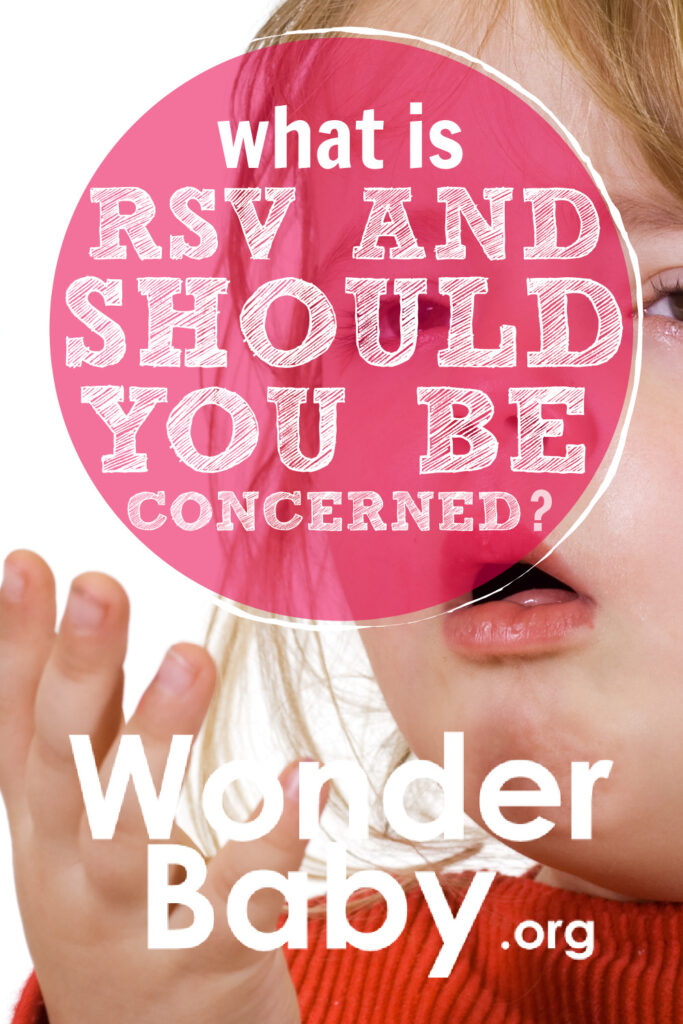
The information WonderBaby provides is not intended to be, and does not constitute, medical or other health advice or diagnosis and should not be used as such. Always consult with a qualified medical professional about your specific circumstances.
Related Posts

Eye Conditions and Syndromes, Visual Impairment
Neuralink Announces Plans to Restore Sight to the Blind with Brain Chip
Elon Musk’s company Neuralink has announced plans to begin human trials of its new “Blindsight” brain chip by the end of 2025.

Health & Nutrition
Can Baby Skin Care Products Expire?
Is that forgotten tube of diaper rash cream still safe to use? Learn more about the expiration dates of popular skin care products for infants.
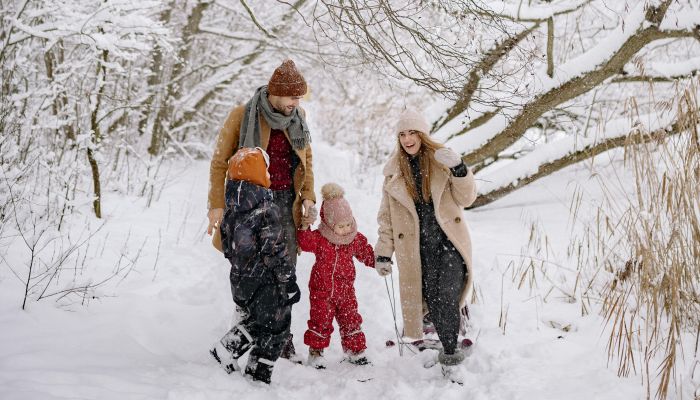
Health & Nutrition
Boosting Immunity in Kids: 3 Tips for a Healthy Winter
Parents can help boost their kids’ immunity during cold and flu season by maintaining healthy eating, sleeping, and exercising habits in the winter.